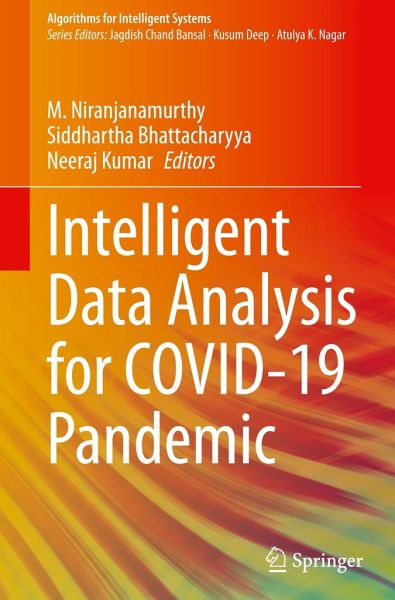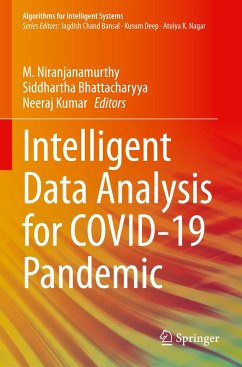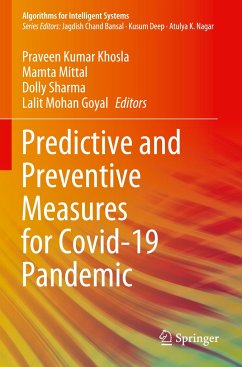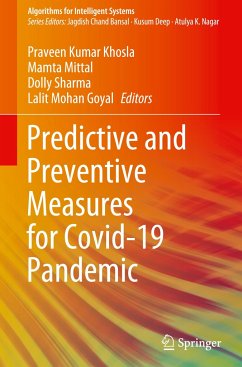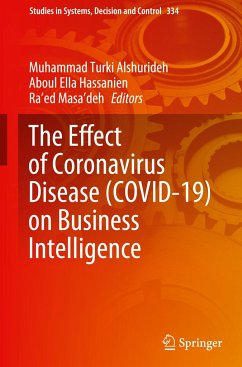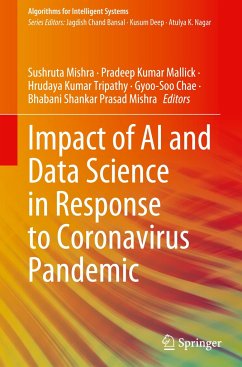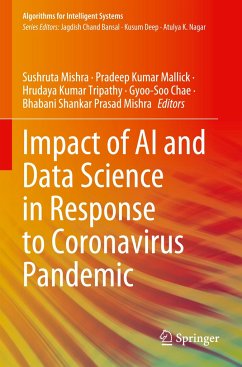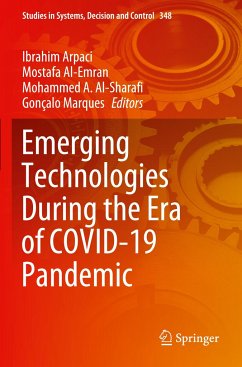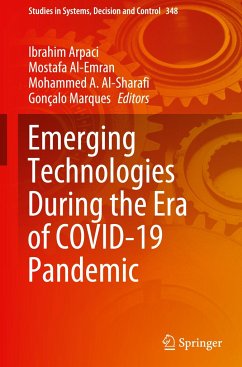Dr. Niranjanamurthy M is Assistant Professor, Department of Computer Applications, M S Ramaiah Institute of Technology, Bangalore, Karnataka, India. He completed Ph.D. in Computer Science at JJTU, Rajasthan (2016); M.Phil. in Computer Science at VMU, Salem (2009); Masters in Computer Applications at Visvesvaraiah Technological University, Belgaum, Karnataka (2007); BCA from Kuvempu University 2004 with University 5th Rank. He has 10 years of teaching experience and 2 years of industry experience as Software Engineer. He has published books in Scholars Press Germany and CRC Press. He also published 56 research papers and filed 12 patents. Currently, he is guiding four Ph.D. research scholars in the areas of data science, edge computing, ML, and networking. He is Reviewer of 22 international journals and Series Editor in CRC Press and Scrivener Publishing. He has received best research journal reviewer and researcher awards. He is a member of IEEE, CSTA, IAENG, and INSC. His areas of interest are data science, ML, edge computing, software engineering, web services, cloud computing, and networking. Dr. Siddhartha Bhattacharyya [LFOSI, LFISRD, FIET (UK), FIETE, FIE(I), SMIEEE, SMIETI, SMACM, LMCRSI, LMCSI, LMISTE, LMIUPRAI, LMCEGR, LMICCI, LMALI, MIRSS, MIAENG, MCSTA, MIAASSE, MIDES, MISSIP, MSDIWC] is currently serving as Professor in the Department of Computer Science and Engineering of Christ University, Bangalore. He is Co-Author of 5 books and Co-Editor of 75 books and has more than 300 research publications in international journals and conference proceedings to his credit. He has got two PCTs to his credit. He is Associate Editor of several reputed journals including Applied Soft Computing, IEEE Access, Evolutionary Intelligence, and IET Quantum Communications. He is Editor of International Journal of Pattern Recognition Research and Founding Editor-in-Chief of International Journal of Hybrid Intelligence, Inderscience.His research interests include hybrid intelligence, pattern recognition, multimedia data processing, social networks, and quantum computing. Dr. Neeraj Kumar is currently engaged with the Department of Information Technology, Babasaheb Bhimrao Ambedkar University (A Central University), Lucknow (India). He has completed his Doctorate in Information Technology from BBAU, Lucknow, in March 2020. He has completed his basic education from Government Polytechnic, Budaun, and then graduation and PG from UPTU, Lucknow, and IIIT Allahabad in the year 2005 and 2010, respectively. After graduation, he was appointed as Lecturer in BSACET, Mathura, while after PG, appointed as Assistant Professor in various institutes of RTU and UPTU. He has published more than two dozen research articles in reputed international journals and conferences. He has published few patents related to computer science and disaster management. He has published few authored and edited books withthe publishers of national repute. He has research interests in topics related to real-life problem, including disaster management, IoT, big data, soft computing, cyber security, and quantum cryptography.
